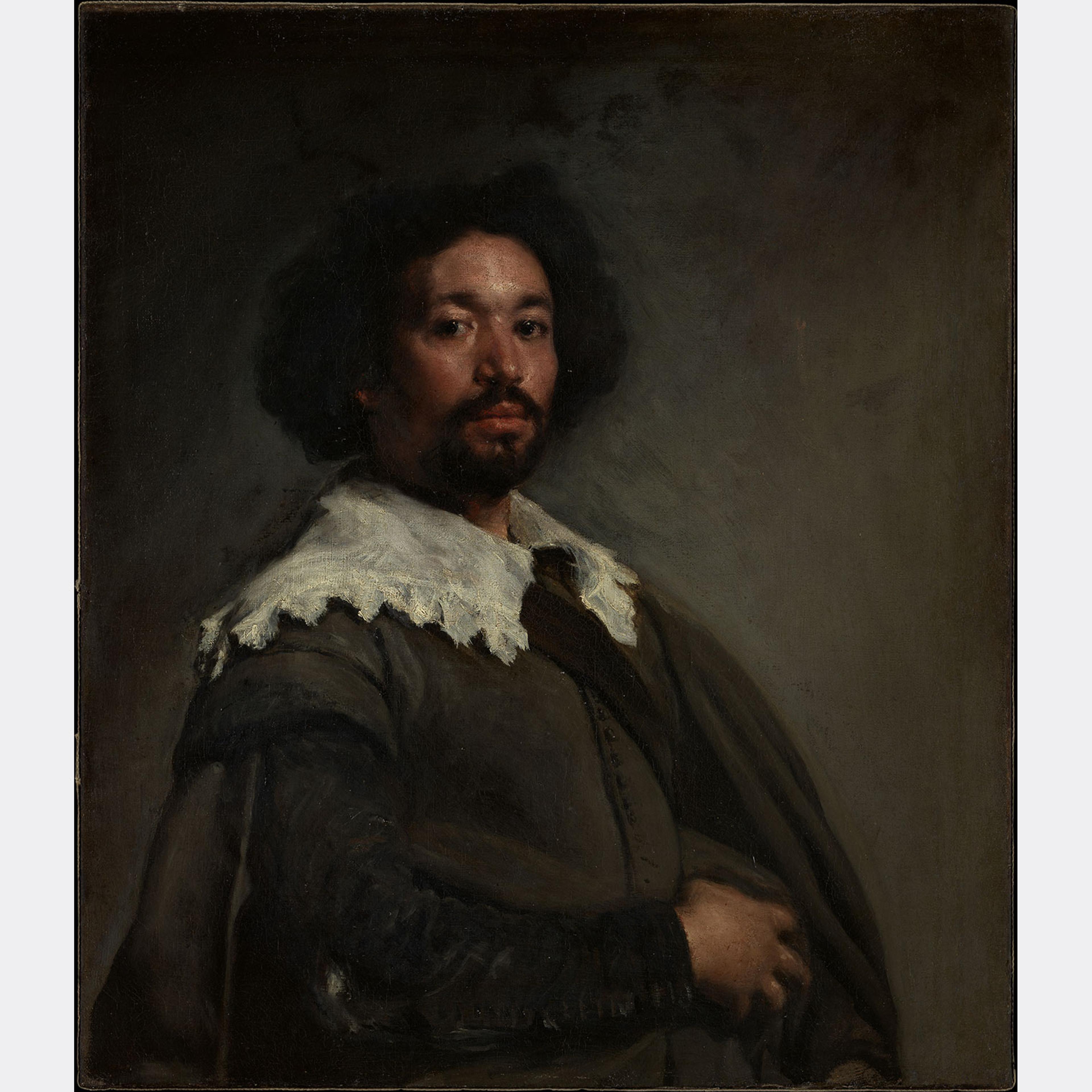Audioguía

5180. Juan de Pareja
Velázquez, 1650
STEPHANIE ARCHANGEL: It’s a very fierce painting. He’s fiercely looking at you. And he has a very piercing look. He’s really making his presence be felt.
My name is Stephanie Archangel and I’m a curator at the history department at the Rijksmuseum.
If you look at paintings from the seventeenth century, black people would mostly be looking down or up towards the white sitter, but not having this one-on-one connection with you as you are standing in front of it.
NARRATOR: During this period, many European paintings played to stereotypes in images of people of African descent.
DAVID PULLINS: This painting, by contrast, is truly a portrait.
NARRATOR: At the same time, when the artist Juan de Pareja sat for this portrait, he was enslaved by the man who painted him, Velázquez. Associate Curator David Pullins.
DAVID PULLINS: We can assume certain things about their relationship, but we do at the end of the day know that this is indeed a painting of a man who's enslaved by the person who paints it.
NARRATOR: Soon after the portrait was completed, Velázquez signed papers that freed Juan de Pareja.
DAVID PULLINS: And he establishes his own career as a painter. A large number of works by Juan de Pareja survive, largely in Spain, some of them enormous, over eleven feet wide, that really attest to both his ambition and his success as an artist in his own right.
STEPHANIE ARCHANGEL: People always ask this question like, did this painting give him his humanity and therefore did Velázquez free him as a person? And it’s almost like, do we think that Velázquez would have only seen his humanity after he painted that painting? He was working with him day and night, he was a talented painter and I bet Velázquez also saw that.